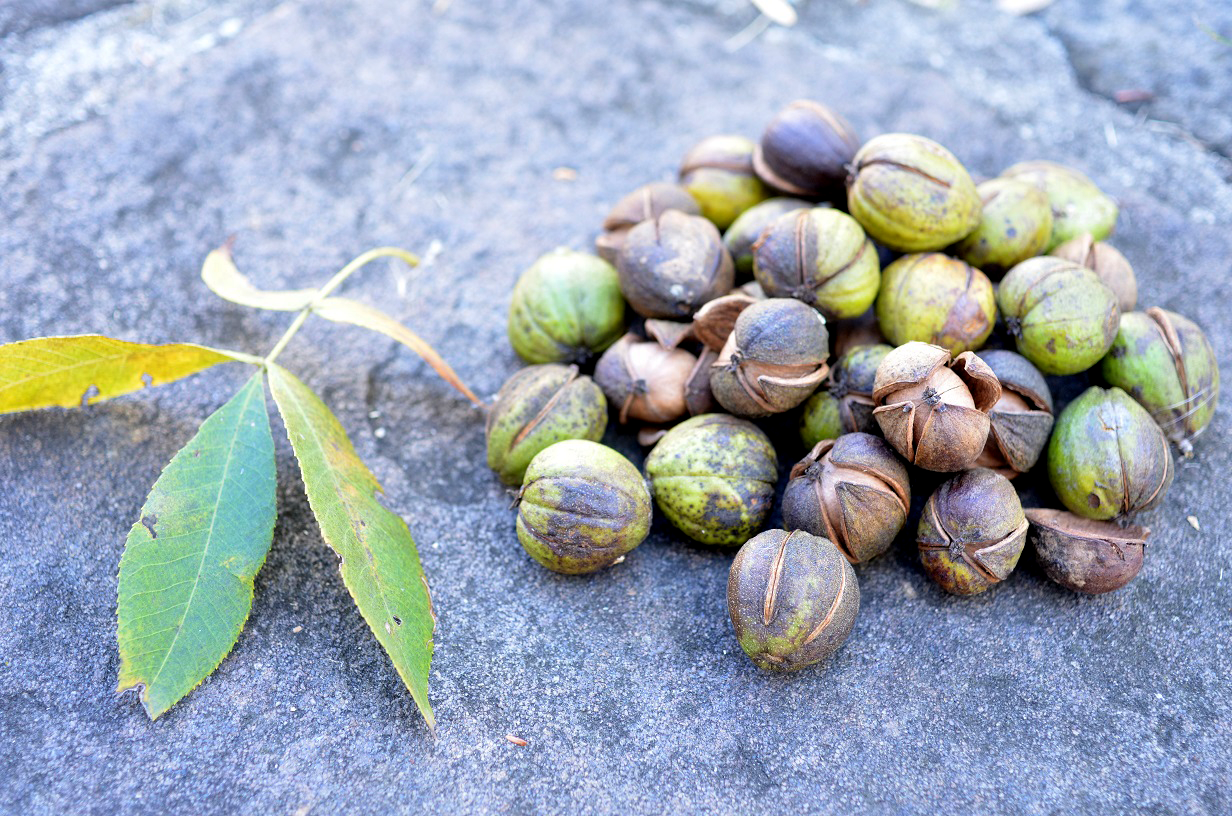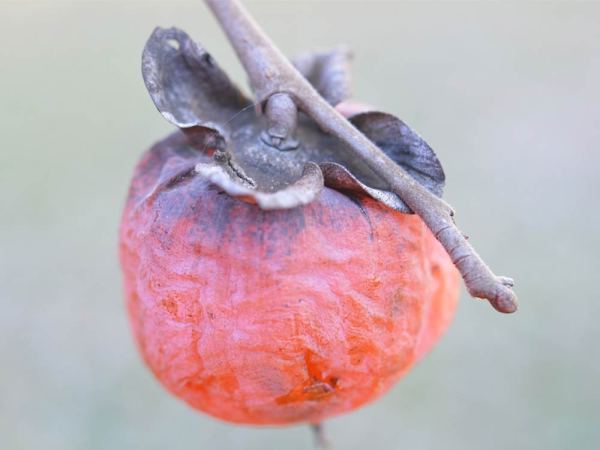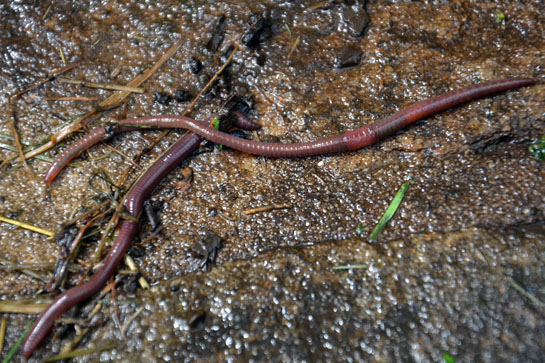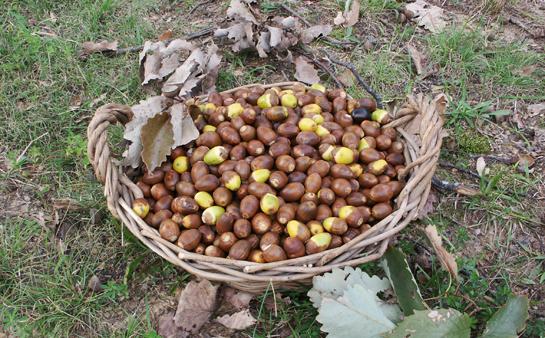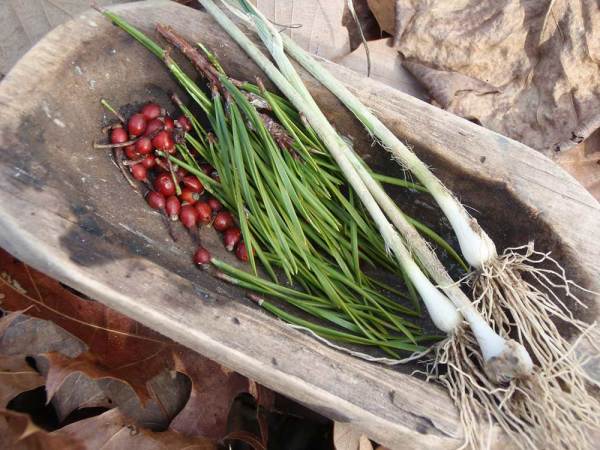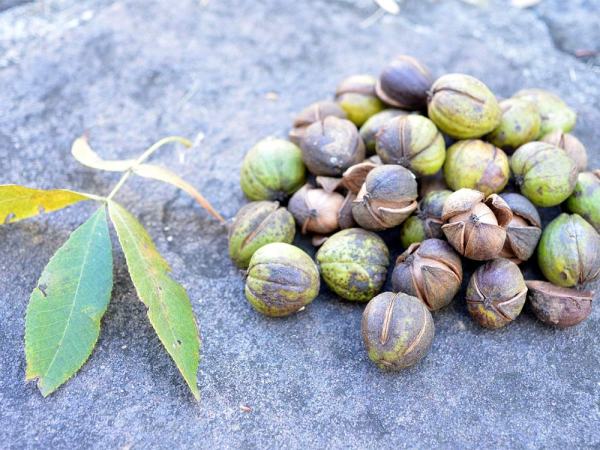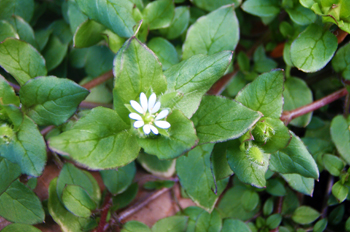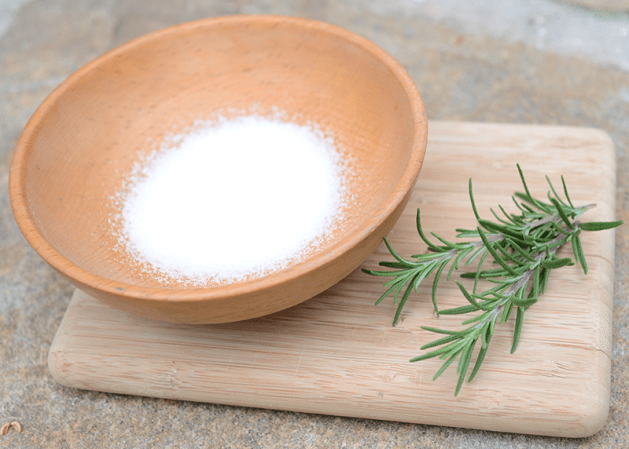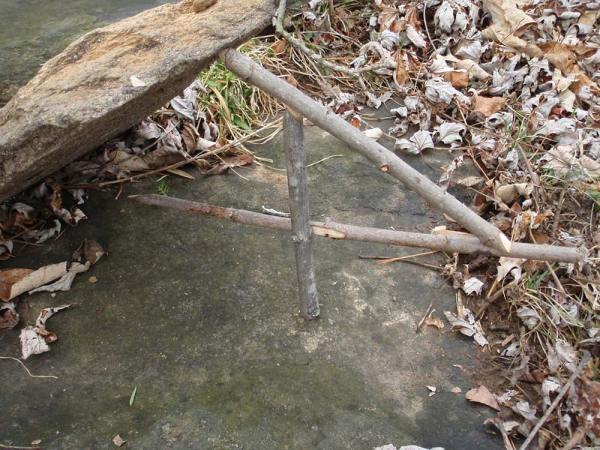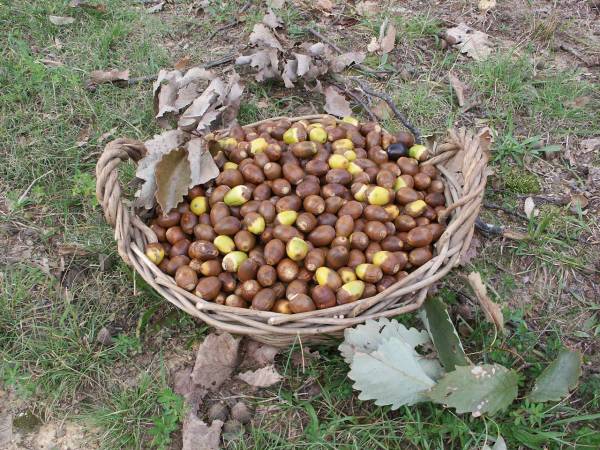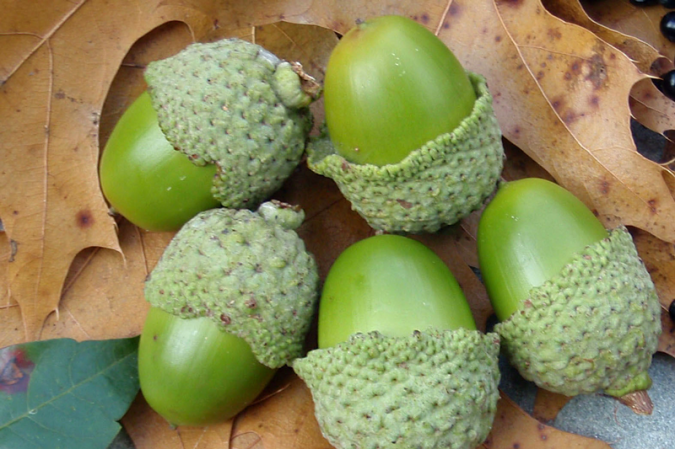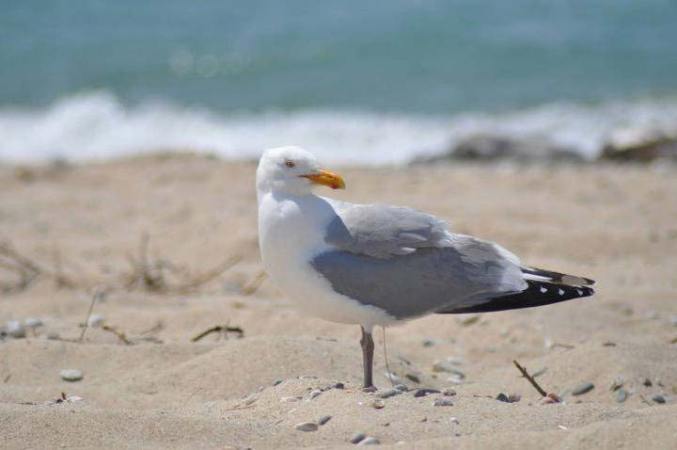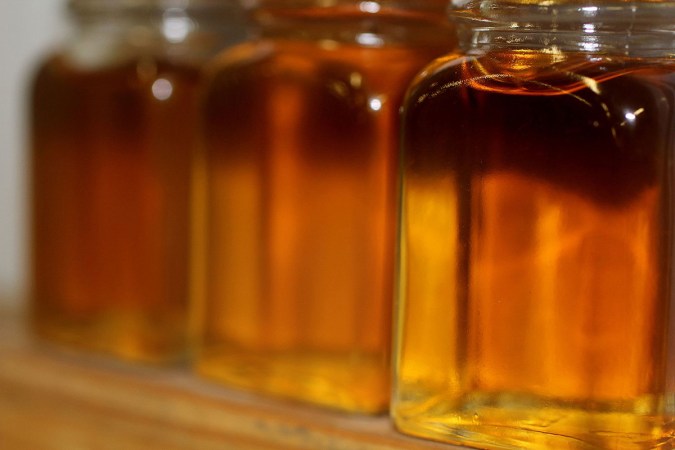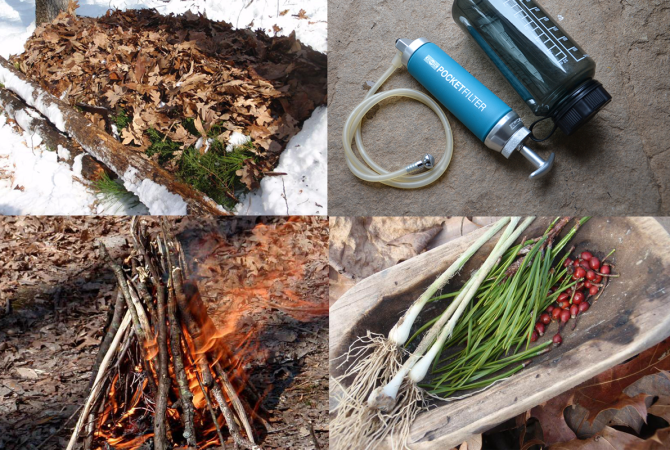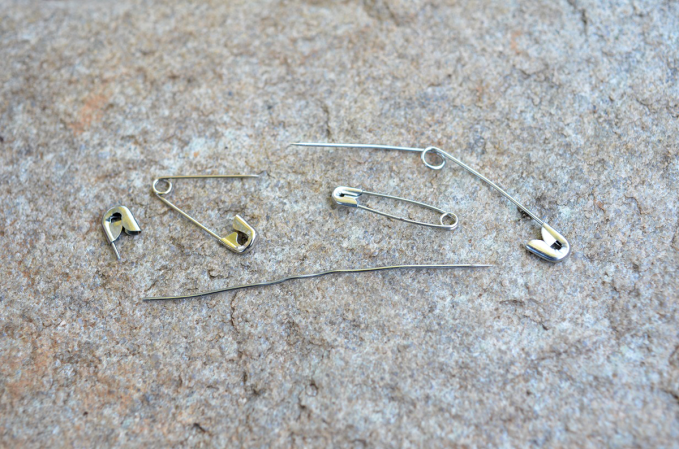One of my favorite fall wild edibles is a pain to crack open, but well worth the trouble. If you can break into the armored fortress that is a hickory nut, you won’t be disappointed. The fatty nut meats of most species are rich, oily, and pecan-flavored. This flavor shouldn’t be a surprise since pecans are a southern species of hickory. Here’s how to identify and use the highest calorie wild plant food in the U.S.
The trees of the genus Carya are deciduous hardwood trees found in North America and Asia. The leaves are alternate compound and the nuts have a “double” nut shell. There’s a husk that peels off, revealing a nut shell underneath. Just make sure you don’t get a buckeye. They have a double layered nut shell like hickory, but buckeye nuts are poisonous. Hickory nuts have a multi chambered inner nutshell (like a walnut), while the toxic buckeyes have a solid nutmeat (like an almond).
Hickory nuts are the most calorie-dense wild plant food. One ounce of shelled out hickory nut meats packs a whopping 193 calories, with most of that coming from fat. These sweet and fatty nut meats can be used as a raw food, picked right out of the shell. You can also make a traditional Native American dish (from which hickory derives its name) by cooking the nut meat in water until it becomes a fatty porridge. These nuts can be frozen for long term storage, used immediately, or kept in a cool dry spot for several months.
Have you found these nuts and eaten them? Please tell us all about it in the comments.
